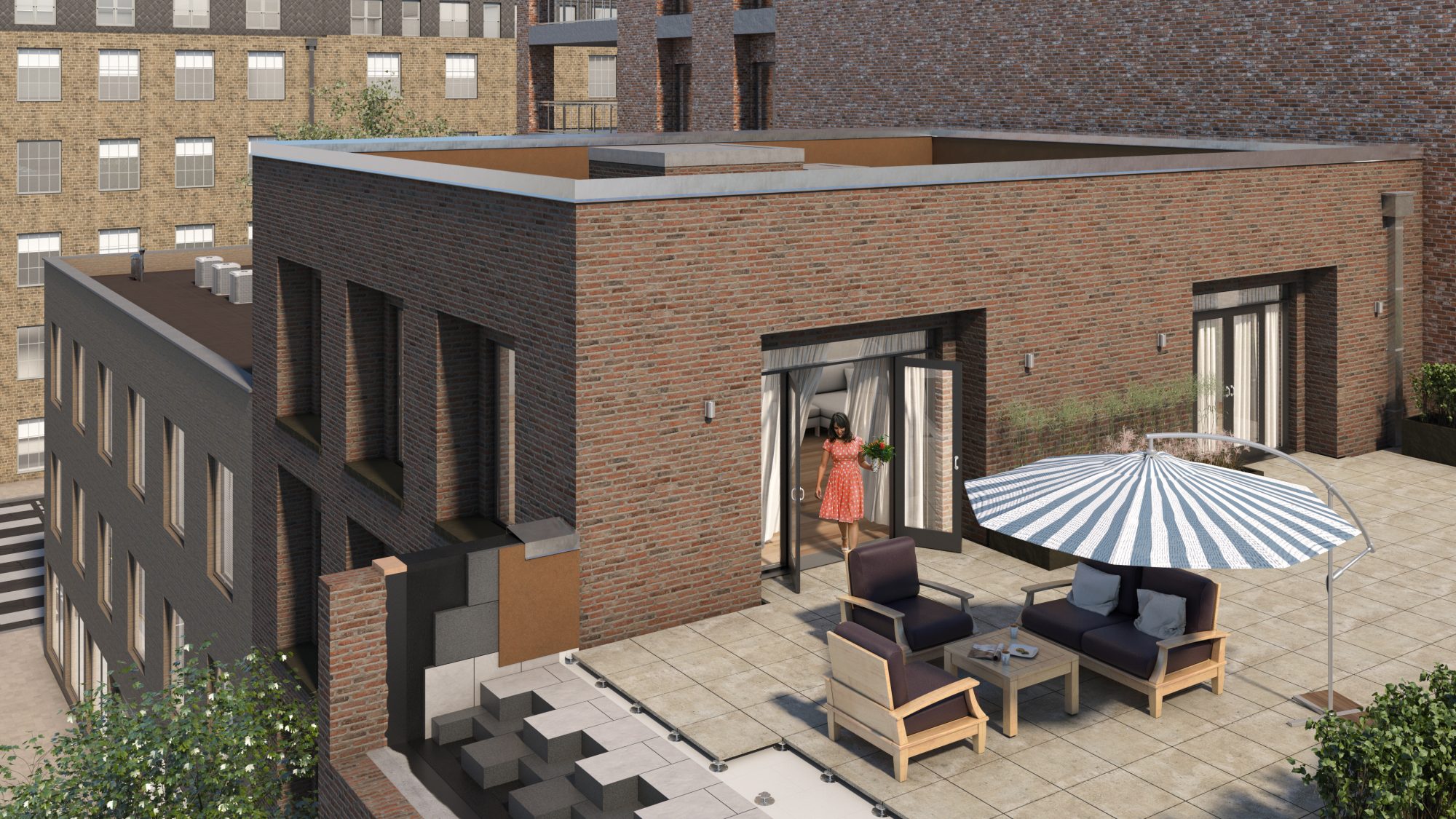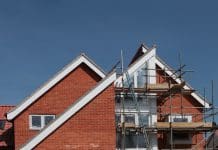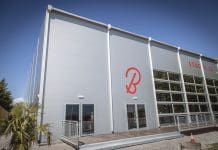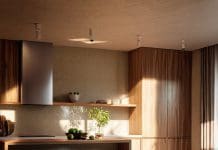CPD on using cellular glass insulation for inverted roof insulation now available on RIBA
In the realm of modern architecture, the inverted roof system has emerged as an effective solution for flat roof constructions. This is a type of flat roof construction where the waterproofing layer lies beneath the insulation, directly on the structural deck.
Below is an overview of the content of the CPD, highlighting the key aspects and advantages of using cellular glass insulation in inverted roof systems.
Understanding inverted roofs
An inverted roof is a type of flat roof construction where the thermal insulation is positioned above the waterproofing layer. This contrasts with the conventional warm roof arrangement, where the thermal insulation is installed above the structural deck and the waterproofing membrane is placed over the insulation.
An inverted roof is effective as an upside down warm roof. This configuration protects the waterproofing membrane from thermal shock, mechanical damage and UV radiation, enhancing the roof’s durability and lifespan.
Three key advantages of inverted roofs:
- Increase durability: The insulation protects the waterproofing membrane against thermal shock, mechanical damage, UV radiation etc.
- Reduce costs over the roof’s life: Potential cost-saving due to increased lifespan compared with traditional warm roofs and lower maintenance works. (Learn more in our white paper on inverted roofs)
- No requirement for a VCL: The waterproofing layer also acts as a vapour barrier, eliminating the risk of condensation formation within the roof construction.
Features of inverted roof insulation
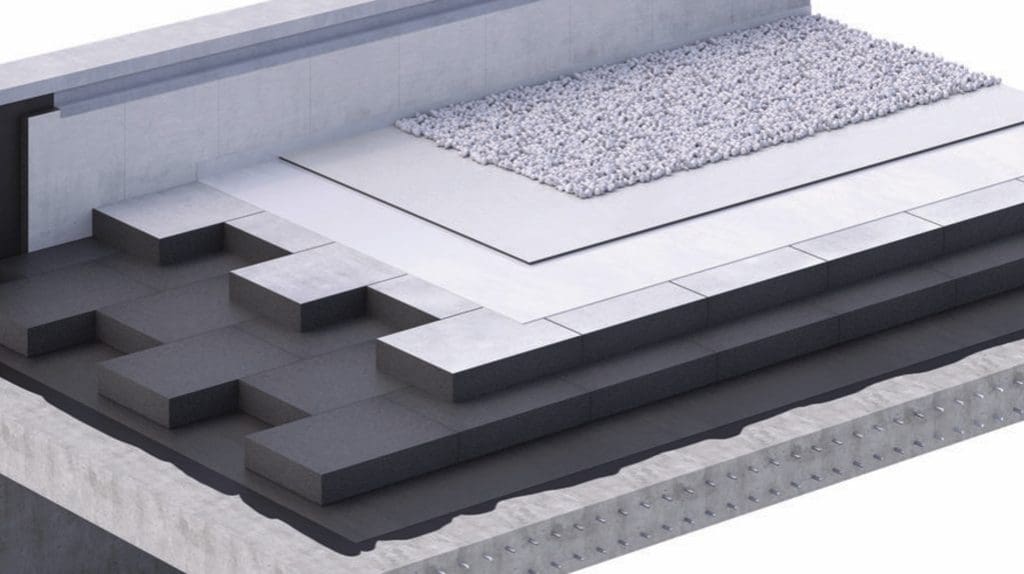
FOAMGLAS® INVATHERM™ is made of FOAMGLAS® cellular glass insulation with a mineral coating designed for inverted roof applications due to its features*:
- Non-combustibility: Both the cellular glass core material and the pre-applied coating achieve a Euroclass A1 fire rating, making it a safe choice for buildings where fire safety is a priority.
- Thermal performance: With a design lambda value of 0.038 W/mK, FOAMGLAS® INVATHERM™ provides excellent thermal performance, helping buildings meet the standards of Approved Document Part L for energy efficiency.
- Loadbearing performance: The inverted roof insulation can support applications such as podium decks, terraces and green roofs without compression or deformation. It boasts a remarkable compressive strength (declared value of 400 kPa).
- Exposure to rainwater: The closed-cell structure of cellular glass prevents moisture ingress, ensuring long-term thermal performance and durability.
When designing an inverted roof system, it is crucial to ensure compliance with fire safety standards to achieve optimal thermal performance, support both dead and live loads, and resist water absorption to maintain thermal efficiency. Cellular glass insulation, with its robust features, effectively meets these key considerations.
FOAMGLAS® inverted roof systems offer a robust, durable and efficient solutions for flat roof constructions. The features of FOAMGLAS® cellular glass make it an excellent choice for architects seeking to design sustainable, high-performance and reliable roofing systems.
“An inverted roof is effective as an upside-down warm roof. This configuration protects the waterproofing membrane from thermal shock, mechanical damage and UV radiation, enhancing the roof’s durability and lifespan.”
Incorporating cellular glass insulation into inverted roof designs can enhance building performance and contribute to a more sustainable and cost-effective construction approach.
Learn more and access the CPD
Ready to improve your knowledge and skills? Access our CPD on cellular glass insulation for inverted roofs on the RIBA CPD platform. Explore detailed information, case studies and technical guidance designed for architects and construction professionals.
*Please note that this is a commercial profile.


